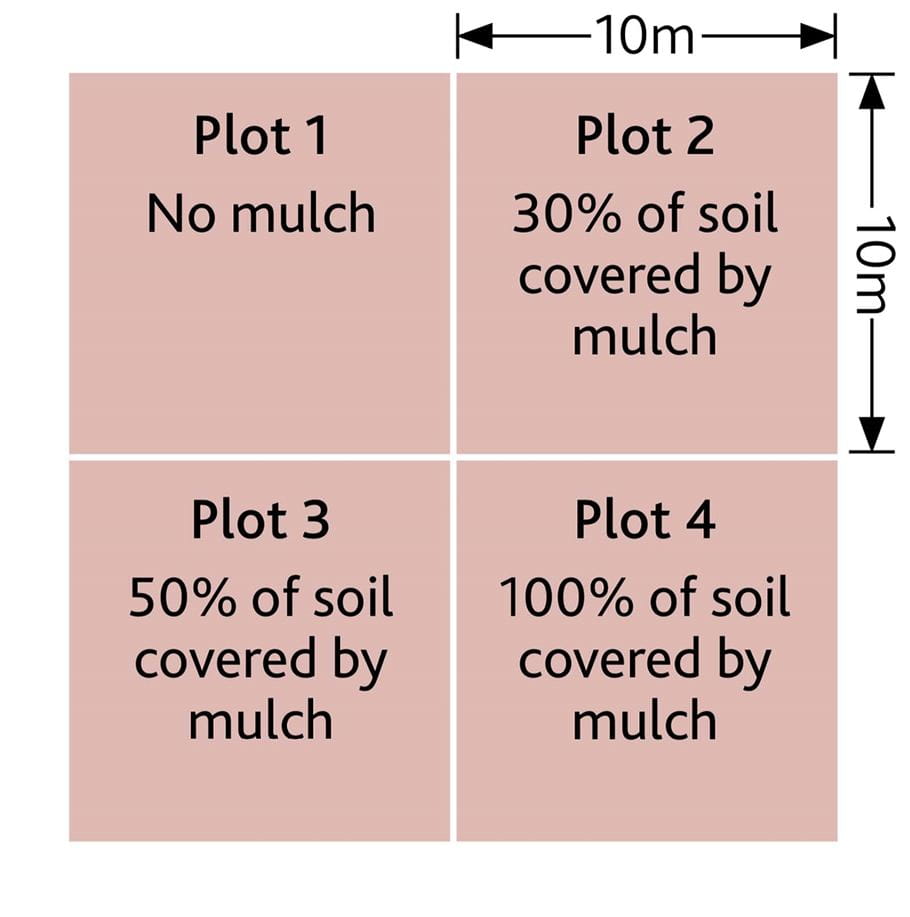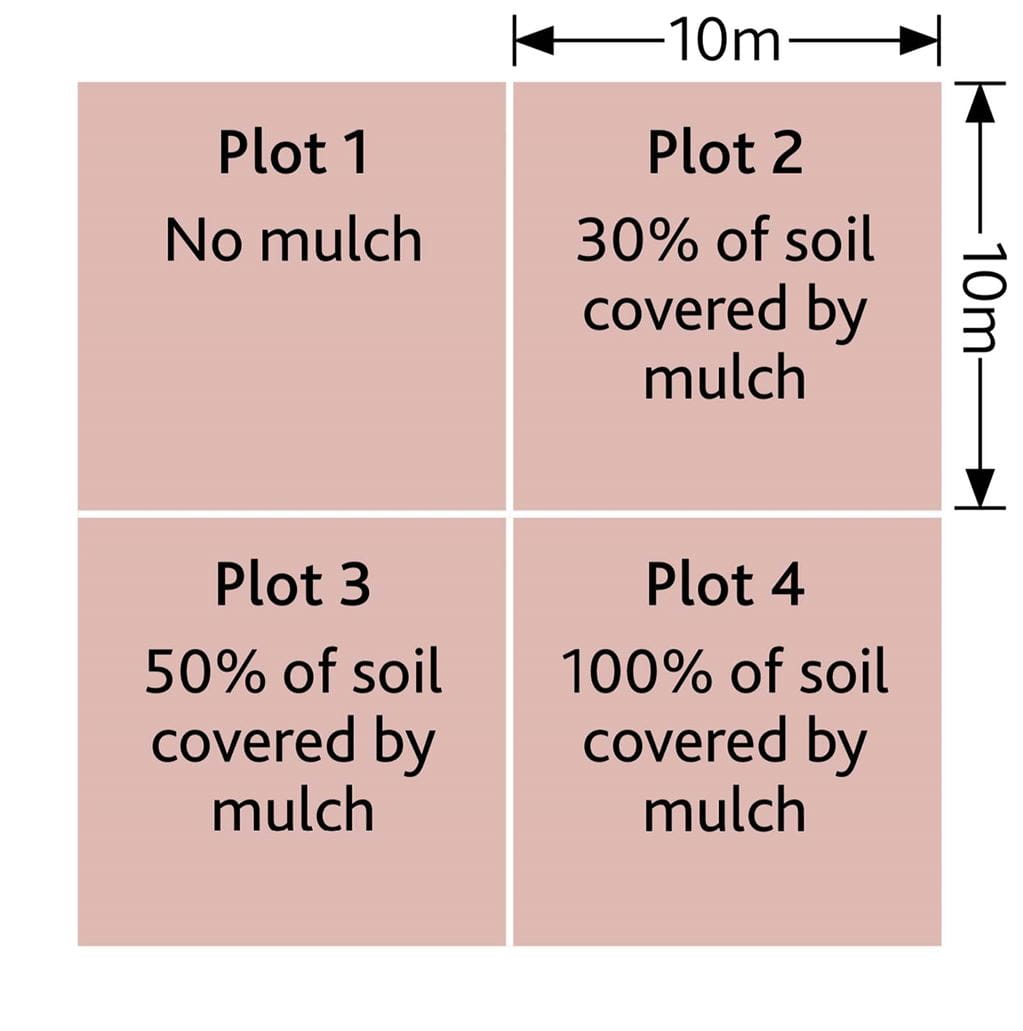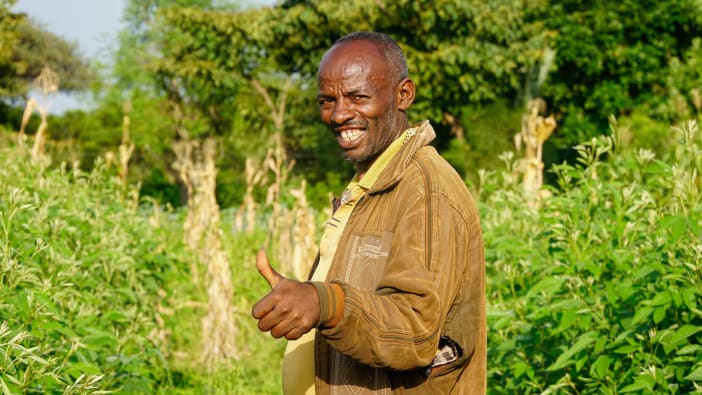New technologies will only be successful if they are adapted to local conditions. Rather than technicians providing farmers with ready-made solutions that may or may not work, on-farm trials allow farmers to experiment and find solutions to their own, specific problems.
This has many benefits:
- ideas and technologies are tested in on‑farm conditions
- farmers choose to test things that they value, and feel they can do and afford
- people learn best by discovering for themselves, rather than being told or watching someone else
- the results will often be of more interest to other farmers than the results of researcher trials
- farmers own the process of testing and research.
Trials can be carried out individually or in a group.
- Conduct trials on uniform soil with no anthills and away from trees. A 20m x 20m area should be big enough for most trials.
- Mark out plots of a similar size in an area of the field where they are likely to experience the same conditions. For example, if part of the field is likely to become waterlogged, avoid using this area.
- Make sure all the plots are managed in the same way, except for the new idea or treatment being tested.
- Include a control plot for comparison. This is usually normal farmer practice such as ‘no mulch’ in the example to the right.
- Keep it simple and avoid testing more than one thing at a time. In the example, the only thing being tested is the amount of mulch. Mulch is a layer of plant material put on the surface of the soil. It can help to improve crop yields by protecting the soil from erosion, adding organic matter to the soil and reducing the growth of weeds.
- Look at the plots regularly and take measurements. Useful measurements will depend on what is being tested. They might include plant growth, crop yield, presence of weeds and incidence of pests or diseases.
- Evaluate the results. What differences are there between the plots? What has been learnt? What changes will you make in the future?
Non-field-based experiments, such as storage methods or livestock management, also follow the same basic guidelines. Start on a small scale, compare options with normal practice, select treatments, take measurements and evaluate the results.











